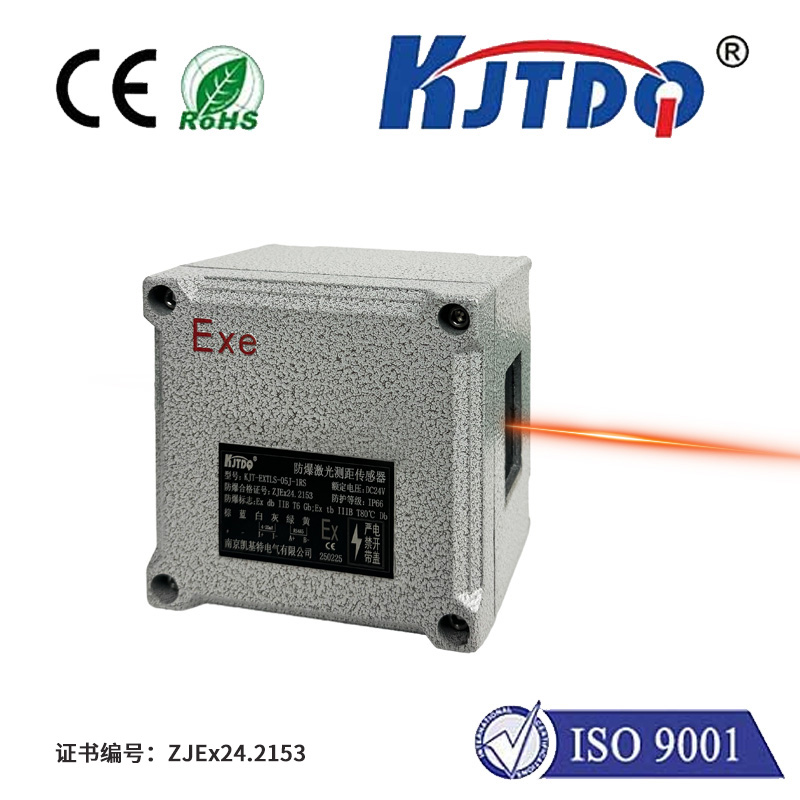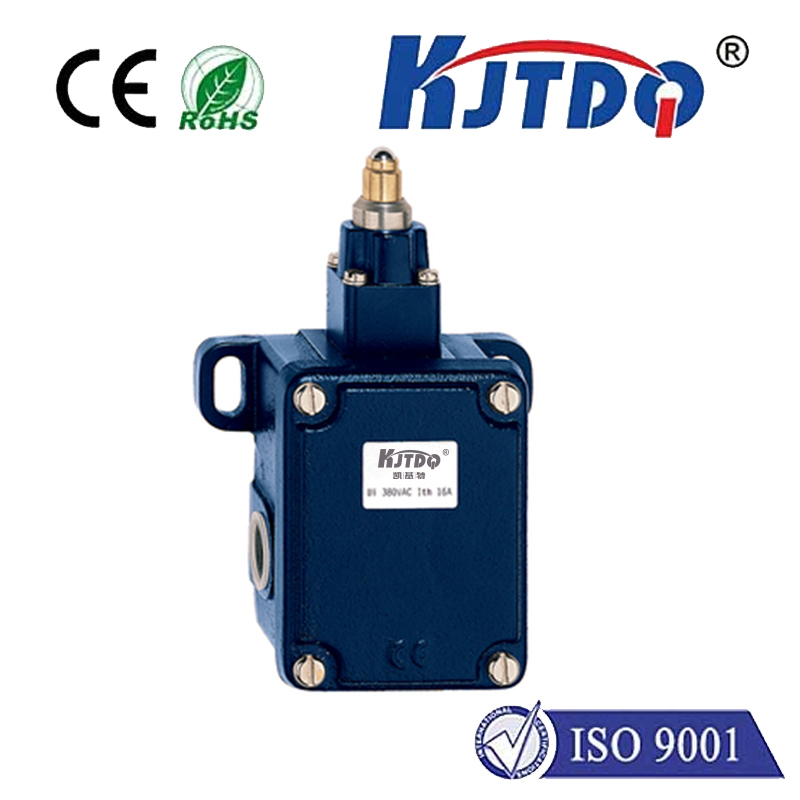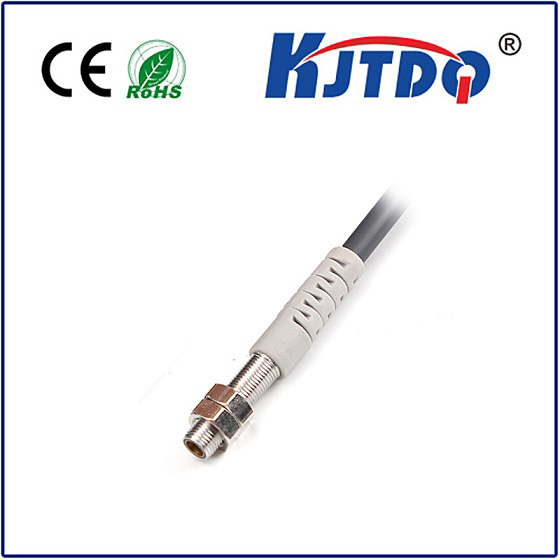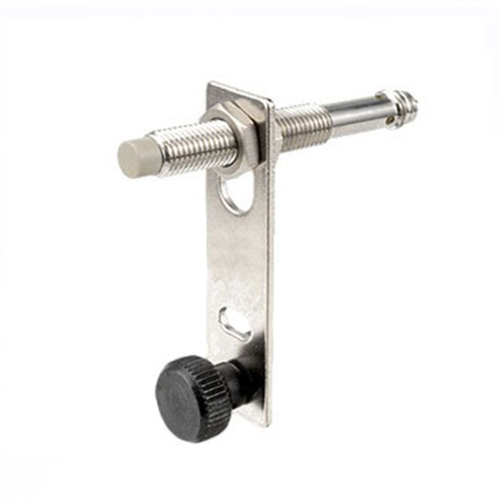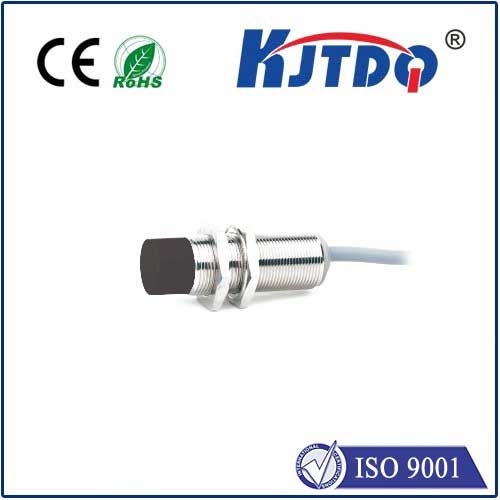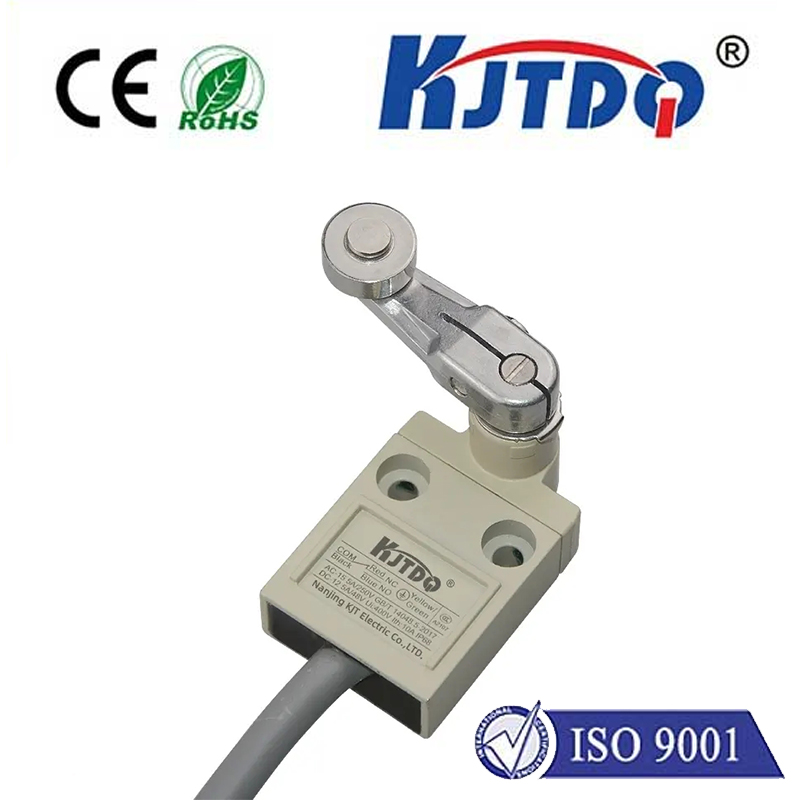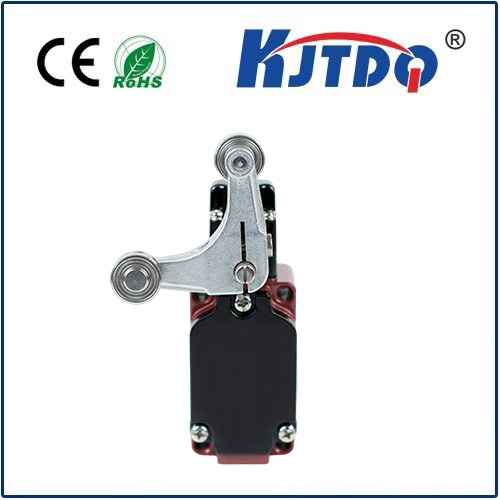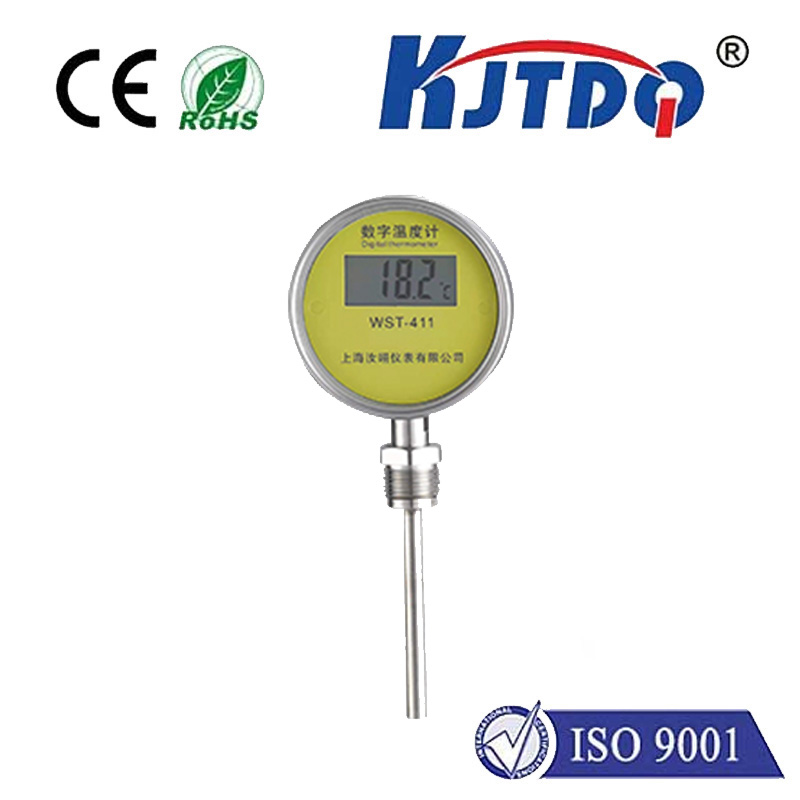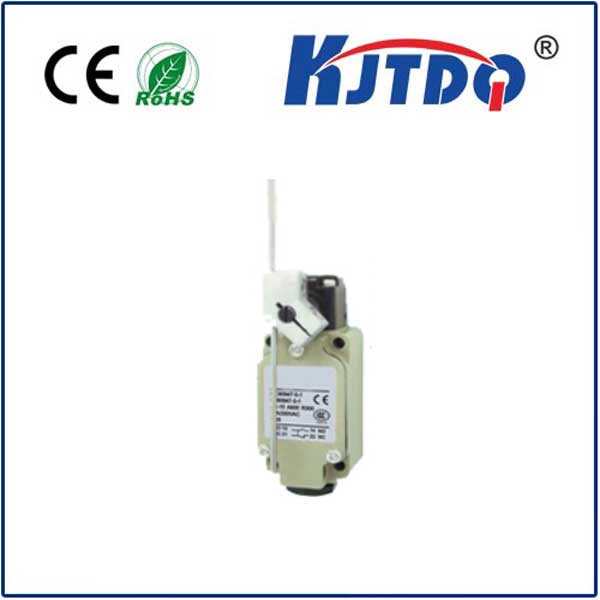Tired of wrestling with miles of conduit and wiring? Imagine the freedom of deploying critical position sensing devices without the cable snarl. That’s the reality delivered by wireless limit switches, transforming industrial automation one signal at a time. These innovative devices are liberating engineers from the constraints of traditional wired setups, opening doors to smarter, more flexible, and cost-effective machine control.
For decades, the humble ограничительный переключатель has been a cornerstone of industrial automation. Acting as the digital “eyes and ears” on machines, they detect the presence or absence of objects, monitor position, define travel endpoints, and ensure safety interlocks. Whether it’s confirming a robotic arm has retracted fully, signaling that a conveyor gate has closed, or preventing a press from operating without a guard in place, limit switches are fundamental. However, their traditional Achilles’ heel has always been the wiring complexity. Running cables back to the control panel over long distances, across moving parts, or in hazardous areas is expensive, time-consuming to install, and prone to damage. Maintenance becomes a headache, and relocating machines based on process changes often involves significant rewiring overhead.

Wireless limit switches directly address these pain points. By integrating robust wireless communication technology into a standard limit switch form factor, they eliminate the need for physical cabling for signal transmission. Just like their wired counterparts, the switch’s actuator (lever, plunger, roller) is physically triggered by the target object. The key difference? Instead of sending this signal through a wire, an internal radio transmitter sends a secure, digital signal (often using robust protocols like Sub-GHz, LoRaWAN, or proprietary industrial mesh networks) to a corresponding wireless receiver module connected to your PLC, controller, or SCADA system. This receiver translates the wireless signal back into the discrete on/off signal the control system expects. Power typically comes from long-life battery-powered operation, often lasting up to 10 years, removing the need for power cables too. Some models also support energy harvesting from the actuation itself (mechanical energy) or offer wired power options where a communication cable is still undesirable.
The shift to wireless connectivity unlocks a cascade of tangible benefits:
The applications for wireless limit switches are vast and growing:
Implementing wireless limit switches requires selecting the right technology (range, protocol, robustness), understanding power needs and battery life expectations, and ensuring proper signal strength/reliability in the specific environment. Careful planning ensures seamless integration. The inherent wireless connectivity liberates engineers from legacy constraints, driving down costs, accelerating deployment, enhancing safety, and ultimately paving the way for more adaptive and intelligent industrial control networks. For engineers seeking smarter, more resilient automation, cutting the cord isn’t just convenient; it’s the strategically sound path forward.
